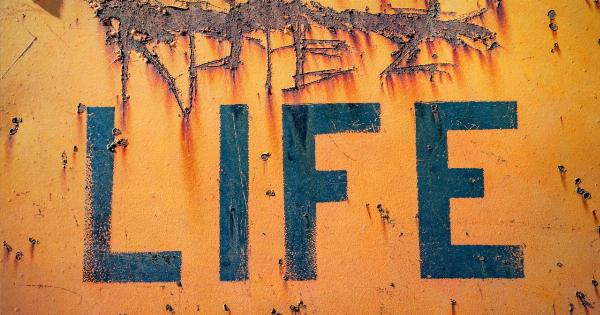Natural disasters can strike at any moment, leaving devastating consequences in their wake. From hurricanes to wildfires, earthquakes to floods, it’s important to safeguard your property and prepare for unexpected environmental changes.
The first step in protecting your property is to understand the types of natural disasters that can occur in your region and develop a plan accordingly.
Identify Potential Risks
The first step in preparing for the unexpected is to identify the potential risks in your area. Whether you live in a coastal region prone to hurricanes or a desert region subject to wildfires, understanding the risks can help inform your safety plan.
The most common natural disasters include:.
Hurricanes
Hurricanes are tropical storms that can cause high winds, heavy rainfall, and storm surges. These storms can cause extensive damage to property, resulting in flooding, power outages, and structural damage.
Tornadoes
Tornadoes are violently rotating columns of air that can cause widespread damage, including uprooting trees and tearing buildings apart. These storms can occur suddenly and with little warning, making preparation essential.
Floods
Floods can occur due to heavy rainfall, hurricanes, or other natural disasters. These events can cause extensive damage to property, including water damage, structural damage, and the spread of mold and bacteria.
Wildfires
Wildfires can occur in dry and hot regions, and can cause extensive damage to property. These fires can spread quickly and with little warning, leaving homeowners and businesses little time to evacuate.
Protect Your Property
Once you’ve identified the potential risks in your area, it’s important to take steps to protect your property. This may include:.
Investing in Insurance
One of the most important steps in protecting your property is investing in insurance.
A comprehensive insurance policy can help cover the cost of damage caused by natural disasters, giving you financial peace of mind in the event of a catastrophic event. Be sure to review your policy regularly and update it as necessary.
Maintaining Your Property
Maintaining your property can also aid in protecting it from natural disasters.
This may include trimming trees near your house to prevent them from falling during high wind events, inspecting your roof for leaks, and ensuring your foundation is structurally sound. Routine maintenance can also help you catch small problems before they turn into major issues.
Creating a Disaster Preparedness Plan
Preparing for natural disasters involves developing a plan that outlines what should be done in the event of an emergency. This plan should include:.
An Evacuation Plan
If you live in an area prone to natural disasters, you may need to evacuate quickly. Be sure to create a plan that outlines the safest routes to take and identifies a safe place to stay, such as a hotel or shelter.
Pack an emergency kit that includes food, water, and necessary medications.
A Communication Plan
During a natural disaster, communication can become difficult. This is why it’s important to have a communication plan in place. Identify a family member or friend who lives outside the area who can serve as your point of contact.
Be sure to exchange phone numbers and email addresses and establish a protocol for checking in.
Conclusion
Preparing for natural disasters requires a comprehensive plan that includes safeguarding your property and developing an emergency preparedness plan.
By taking the necessary steps now, you can help protect yourself and your property from the unexpected.


























